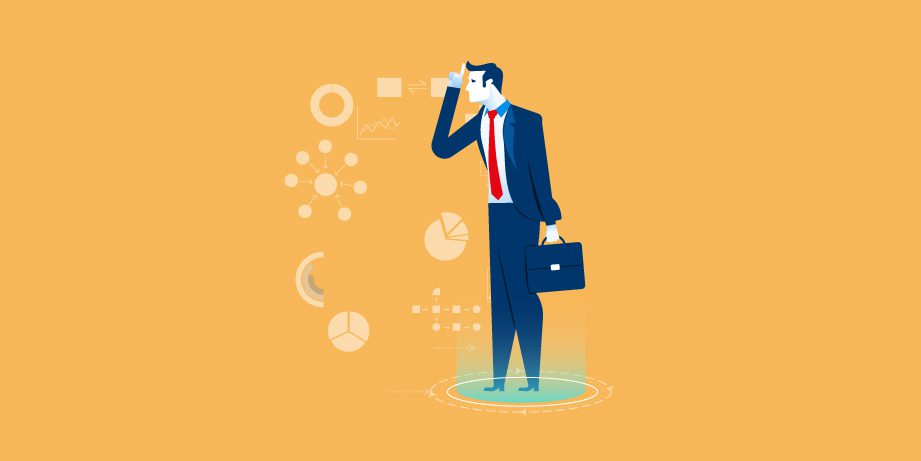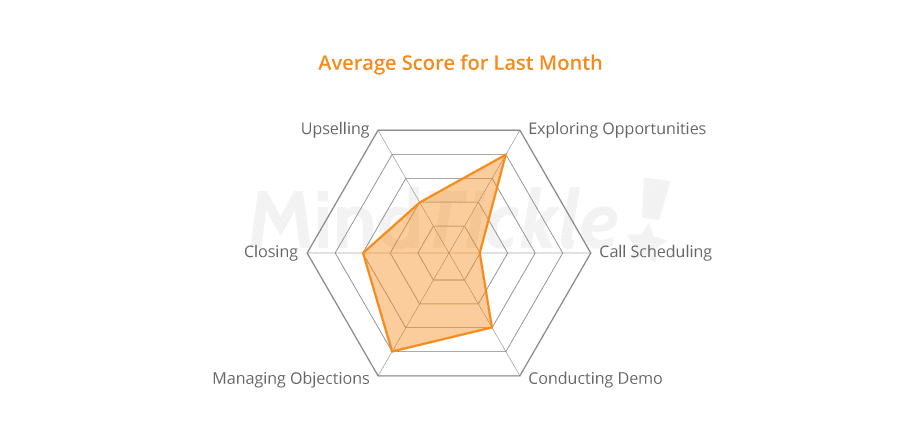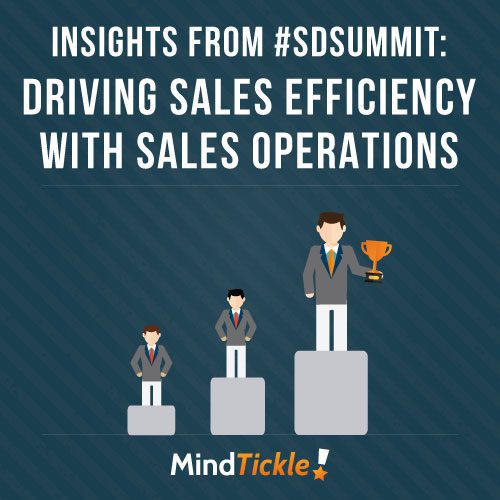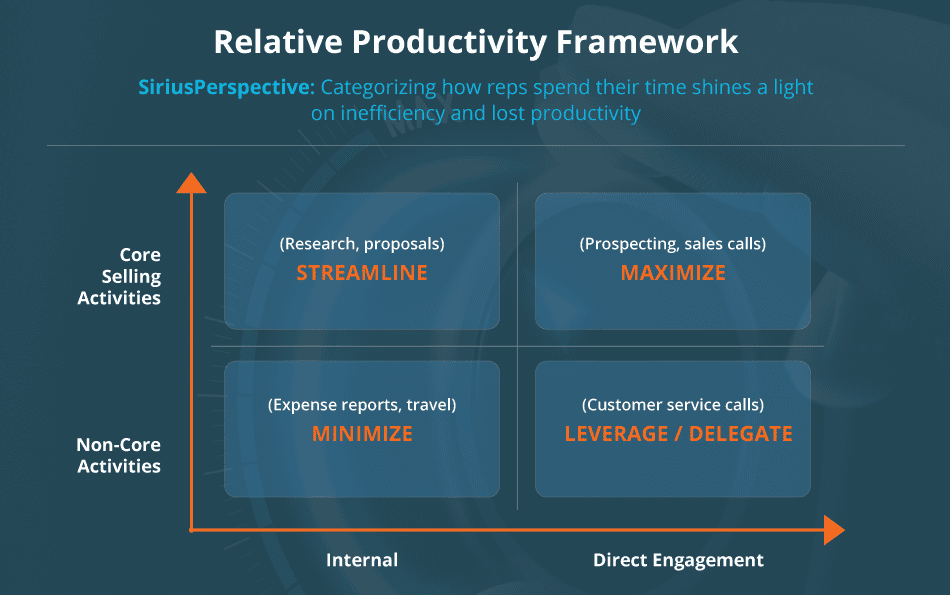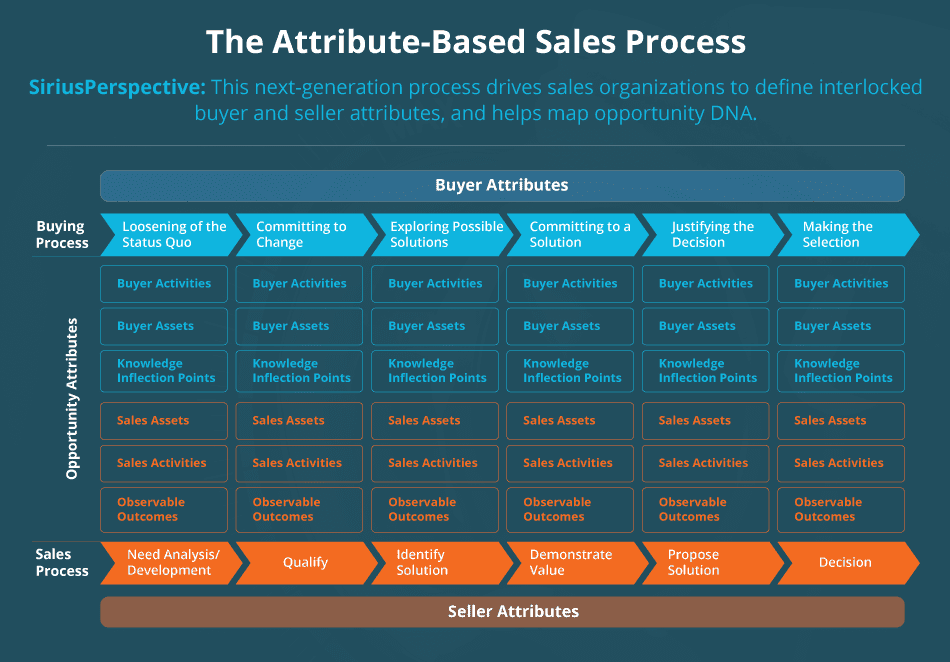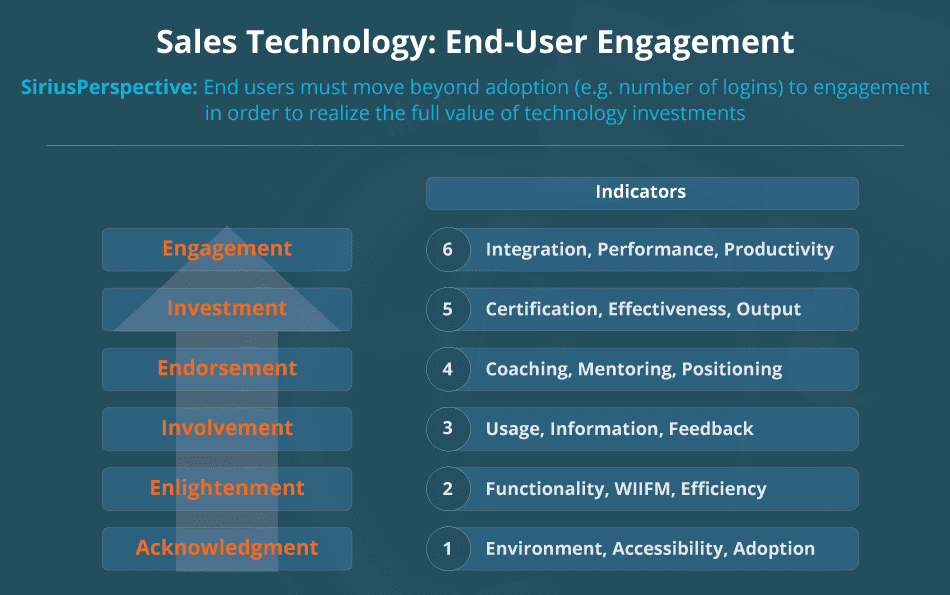8 Benefits of Digital Learning for Sales
Not all that long ago, in-person classroom training was how companies prepared their sales force to engage in selling activities. They’d provide instructor-led classes that took reps out of their work environments for days at a time. Cumbersome paper binders and manuals were used for reference, being updated maybe once or twice a year, if ever.
It also used to be that managers and reps had to meet for coaching to ensure continuous performance improvement. Today, digitization of learning simplifies these processes and enables your sales force to learn and develop efficiently while hitting their targets. So what are some of the other benefits of digitization? Let’s take a look.
Digital learning minimizes or eliminates in-person events
Allows completion of pre-work, as well as post-work reinforcement, so that in-person training and coaching are kept to a minimum. This reduces the impact and costs associated with these sessions. Pre-work allows participants to prepare before attendance, so that any in-person time may be dedicated to discussion and practice, instead of instruction and one-sided demonstration.
Post-work and ongoing learning is easily delivered in micro-learning modules. According to research by Hermann Ebbinghaus, these small, frequent sessions over time produce better knowledge retention and skills development when compared to less-frequent sessions. Digitization allows for the provision of these bite-sized learning modules that have minimal impact on schedules. They also reinforce lessons learned during live sessions.
Gamification is often part of digital learning. It makes it more engaging and enjoyable, encouraging increased participation and improved outcomes.
Enables timely feedback
Feedback is important when learning. The fact that digitized learning is provided through the cloud makes it well-suited for technologies that are mobile-friendly. With portable, digital learning, reps are able to record audio or video of their practice pitch, demo, or skill to submit for feedback. Their coach, trainer, colleague, or manager may then provide timely input, reinforcing correct behaviors and preventing the development of poor habits.
Flexibility
Digitization of learning provides flexibility to reps and managers alike. Content is easily accessible and micro-learning is simple to incorporate into busy schedules. Plus sales coaching and readiness become a part of the day-to-day routine, instead of being an occasional occurrence. That’s a huge improvement over the 21.7% of sales managers who, according to CSO Insights, have implemented a formal coaching program.
Personalized
Digital learning facilitates personalization. Instead of teaching a group with various backgrounds and knowledge, material viewed by each rep is specific to their learning needs. This ensures continuous growth. It also makes it possible for individuals to progress at their own pace. Those who grasp new skills and information more rapidly no longer need to be held back by those who may need more assistance with certain skills or concepts.
Improves accountability
Learning in the cloud increases accountability. Since it easily fits into any schedule and participation can take place anywhere, there’s simply no excuse not to complete designated tasks on an ongoing basis. Each activity is documented, so there’s no doubt when and what has been accomplished by individual reps and managers.
Simplified certification
In the past, it used to be necessary to take reps and managers out of the field to certify them. They’d travel to a central location to demonstrate their understanding of new products or skills as well as their ability to effectively present them. This was a costly and time-consuming process for all involved. Now, digitization simplifies certifications by allowing performance and evaluation through audio or video recordings. For knowledge assessment, simple tests may also be used at the completion of modules.
Facilitates sharing best practices
It used to be that reps would ride along with more experienced ones in the field, to see how they interacted with or presented to, customers. This was costly, time-consuming, and not necessarily effective. Learning in the cloud facilitates the development of a library of best practices to easily share as examples in training and coaching. The added bonus is that these may be re-used and replayed as often as necessary to aid in the learning process. Not only that, they aren’t dependent on schedules or availability and may be accessed at any time.
Always up to date
The binders and manuals that were previously used for onboarding, training, and reference, were usually outdated by the time they were printed and distributed. There may have been additional updates and inserts distributed, but they were never as current as the digital versions created today. Being in the cloud, they aren’t cumbersome or difficult to handle and are easy to update – plus, no physical distribution is needed.
Digitization also allows organizations to share critical updates without taking reps and management out of the field so they remain productive. It also keeps them current, so they’re aware of time-sensitive internal, product, and market changes.
With all these benefits, shouldn’t you empower your salesforce by digitizing their learning too?


